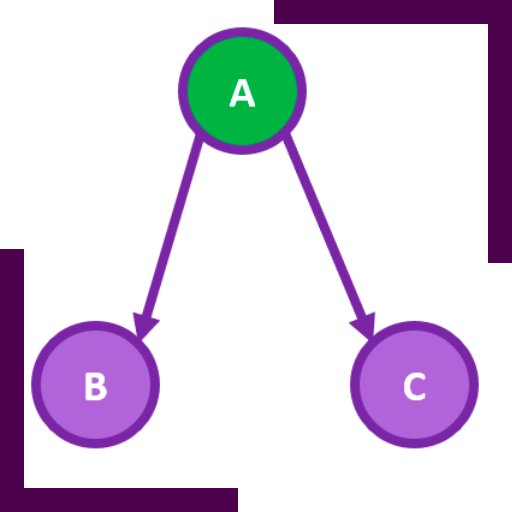What is a Confounding Variable?
 A confounding variable – sometimes also called confounding factor or confounder – is a variable that influences both the dependent and the independent variables, causing an incorrect correlation. The problem with confounding variables is that they create distortions in correlations, such as biased results or increased variances.
A confounding variable – sometimes also called confounding factor or confounder – is a variable that influences both the dependent and the independent variables, causing an incorrect correlation. The problem with confounding variables is that they create distortions in correlations, such as biased results or increased variances.
There are several methods to minimize the effect of confounding variables. Before an experiment takes place, randomization or a random selection of sample elements is an effective manner. Once the experiment has been done, if there is a small number of potential confounding variables, stratification can be effective. In the case that the number of potential confounding variables is significant, multivariate analysis can be used.
In general, confounding variables can be classified according to their source in operational confounding (when a measure to assess a particular variable, inadvertently also measures something else), procedural confounding (when another variable mistakenly changes along with the independent variable), and person confounding (when two or more groups of people are analyzed together even though they have different known or unknown characteristics, such as gender).
Why are Confounding Variables Important?
Confounding variables are very important in science and engineering. In medicine, for example, when evaluating a new drug or a vaccine, it is important to control for confounding as inaccurate results can have devastating effects on those using the drug or vaccine.
For instance, when comparing drugs, if recovery depends on age and gender, and the choice of drug is a function of age, then age (confounding variable) affects both recovery (dependent variable) and choice of drug (independent variable).
The effect of confounding variables is also important in other fields where statistical studies are being made, such as finance and engineering, where wrong statistical analysis can result in profit losses or defective structures.
Confounding Variables and LogicPlum
LogicPlum’s platform is based on state-of-the-art mathematics and statistics. As such, controlling confounding is part of its model construction process. This ensures that the resulting model is an accurate representation of the problem behind the data.
One of the main advantages of this platform is that the process is automated, minimizing the need for human intervention in confounding control.
Additional Resources
Confounding (2020). Wikipedia. Available at








